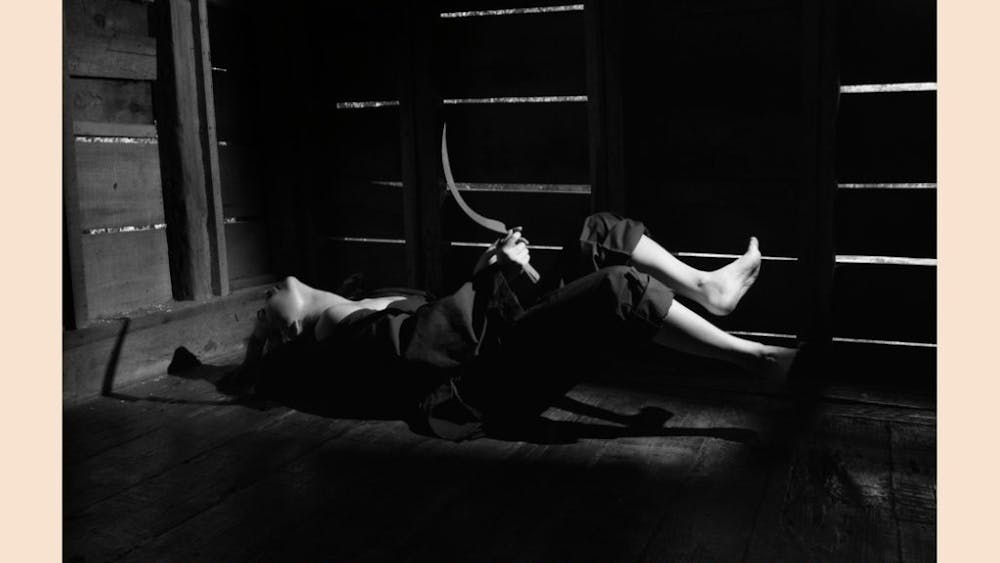SHANGHAI -- The wages of sin is death, but the wages of revolution is peanuts.\nSo I've concluded after visiting three houses linked intimately to China's modern history. My impression? When you're a revolutionary, expect cramped quarters.\nConsider Sun Yat-sen's house. The founder of the Nationalist Party (Kuomintang or KMT), Sun was a key figure in China's 1911 revolution, which overthrew the Qing Dynasty and established the short-lived Republic of China. For Sun's revolutionary activities, the constitution of the People's Republic mentions him by name, and he is equally revered in Taiwan.\nYet, his house is unimpressive. It has a large collection of books, including books by Winston Churchill, David Lloyd George and former U.S. Secretary of State John W. Foster (IU Class of 1855). But although it has three stories, its total square footage is about what you'd find in any normal middle-class suburban home -- a far cry from George Washington's plantation, Mt. Vernon.\nZhou Enlai's house is even more modest. Zhou, among the most internationalist of Chinese Communists, studied in Paris with fellow future leader Deng Xiaoping in the early 1920s before returning to China to work with Sun. After the 1949 Communist revolution, Zhou became China's premier, a post he held until his death in 1976. It was Zhou, insulted by Secretary of State John Foster Dulles (Foster's grandson) at Geneva in 1956, who was instrumental in bringing the United States and China closer together during President Nixon's first term.\nBetween 1946 and 1949, Zhou was the head of the Party's Shanghai office. As such, his house wasn't just a home -- it was the Party's local headquarters. It served as his residence and office, as well as a dormitory and workspace for a score of other Party workers. \nThe most intensely revolutionary site in Shanghai, the house of Li Hanjun, is also the smallest of these three buildings. Li Hanjun is, in the scope of history, unimportant. However, he was a founding member of the Chinese Communist Party, and it was in his house that the first national congress of the CCP was held. Today, the building has been meticulously restored to its former condition by the Chinese government. That isn't saying much. The first congress of the Party met in a space no larger and less ornate than an American college dorm room. Only 13 delegates attended, representing the Party's nearly 60 members.\nAmong those 13 was Mao Zedong, future paramount leader of China and instigator of such disasters as the Great Leap Forward and the Cultural Revolution. Mao was far from the most important delegate at the congress. But one would hardly know that from the way the official museum next door recreates the scene. In a nearly-creepy, distinctly-weird diorama, life-size models of the delegates and a pair of Soviet agents are seated around a table, all gazing adoringly at Mao, standing with his arm outstretched as the light falls all around him, like a twisted version of "The Last Supper." The scene is even more surreal when one realizes Mao's vision for China has been replaced by that of Zhou's classmate, Deng, whose reforms led to the construction of the chic shopping area Xintiandi less than a block from the site of the first congress.\nIt would be wrong to say history was made in these cramped houses. History is far more interesting than the desiccated thing printed in textbooks, and it is never made only by the handful of people whose names we learn in school. But the contrast between these modest, empty houses and the immense changes Sun, Zhou and Mao brought about is almost overwhelming. For we still live in the long shadows cast by the men who lived in those tiny rooms.
Shadows of the past
Get stories like this in your inbox
Subscribe





